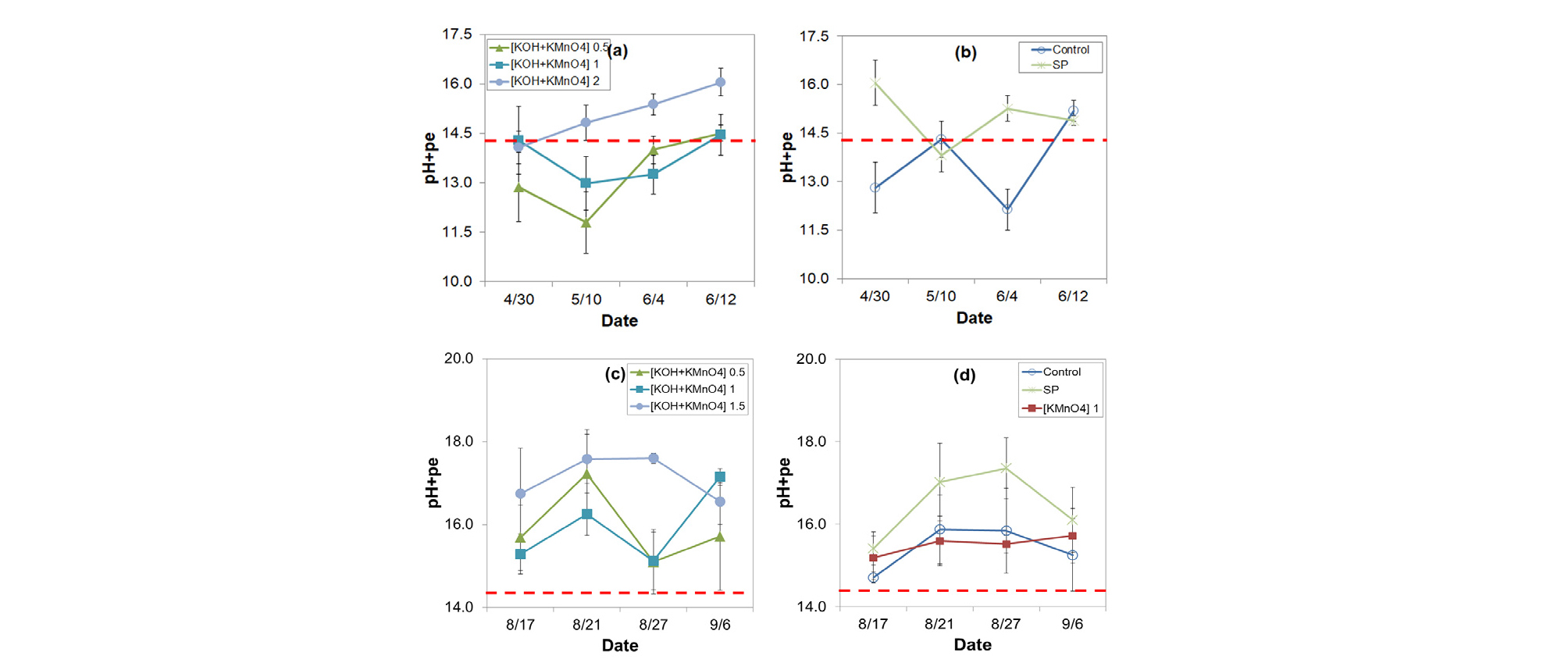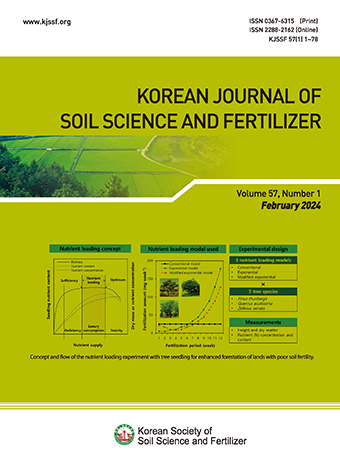Original research article
Abstract
References
Information
Husson, O., B. Husson, A. Brunet, D. Babre, K. Alary, J.P. Sarthou, and M. Henry. 2016. Practical improvements in soil redox potential (Eh) measurement for characterisation of soil properties. Application for comparison of conventional and conservation agriculture cropping systems. Anal. Chim. Acta. 906:98-109.
10.1016/j.aca.2015.11.05226772129- Publisher :Korean Society of Soil Science and Fertilizer
- Publisher(Ko) :한국토양비료학회
- Journal Title :Korean Journal of Soil Science and Fertilizer
- Journal Title(Ko) :한국토양비료학회 학회지
- Volume : 51
- No :4
- Pages :648-656
- Received Date : 2018-11-15
- Revised Date : 2018-11-29
- Accepted Date : 2018-11-30
- DOI :https://doi.org/10.7745/KJSSF.2018.51.4.648




 Korean Journal of Soil Science and Fertilizer
Korean Journal of Soil Science and Fertilizer








